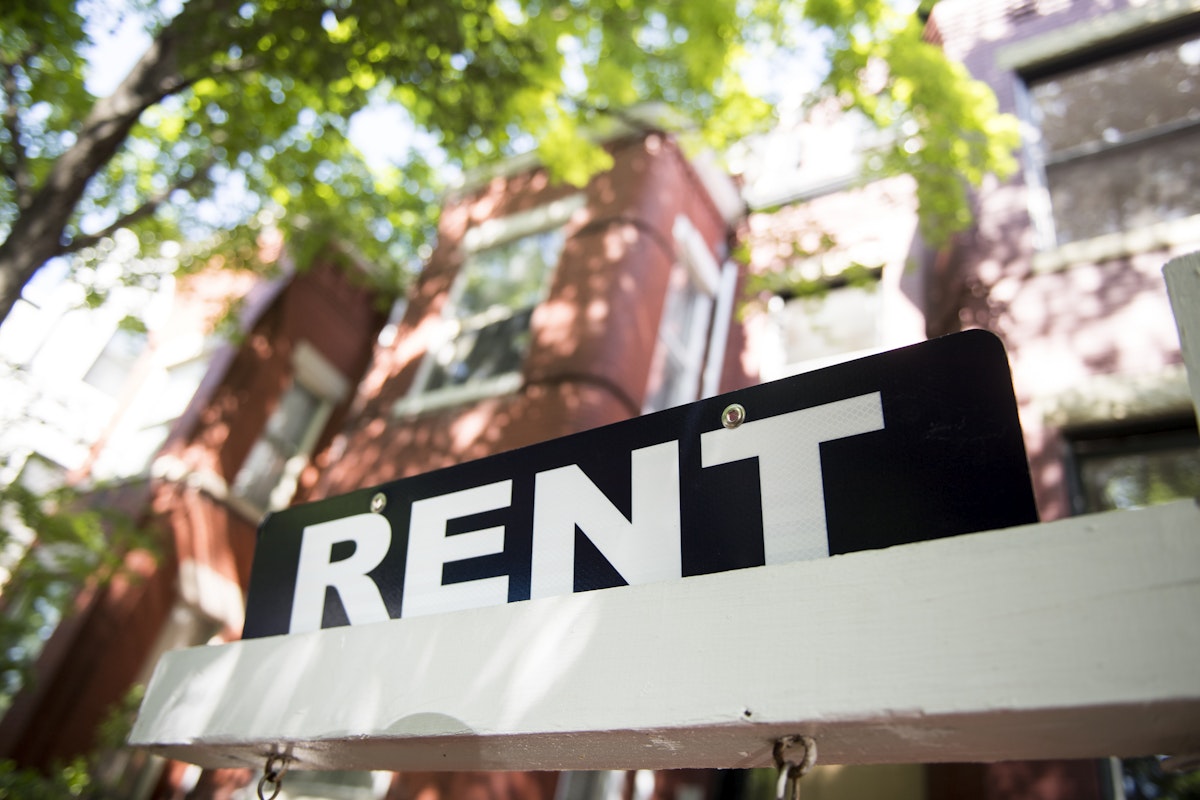
Rather than rely on market forces to create affordable housing (Build, baby, build!), I think government will have to intervene more directly. In his 2023 book Poverty, by America, the Princeton sociologist Matthew Desmond observes, cuttingly, that “liberals have a despondency problem: fluent in the language of grievance and bumbling in the language of repair.” I flinched as I read that, because, of course, it’s true. (For my review of Desmond’s book in The Washington Post, click here.)
One solution Desmond proposes is continuation of the federal Emergency Rental Assistance program created during Covid, which furnished $46.5 billion in rental assistance. The program kept eviction filings low “months after the eviction moratorium ended,” Desmond writes, “even as rent and inflation rose.” The Supreme Court ended the federal moratorium in August 2021; four months later, Desmond reports, evictions were “down 39 percent in Minneapolis, 53 percent in Albuquerque, and 64 percent in Austin.” Desmond calls this “astonishing,” but the program was winding down as he wrote.
With low-income housing, the market strikes me less as the solution than as the problem. Desmond demonstrated this in a 2019 study co-authored with Nathan Wilmers of MIT’s Sloan School of Management. Working from census data, Desmond and Wilmers found that the profit landlords earned renting out in poor neighborhoods was twice what they earned, per apartment, from renting out in rich neighborhoods, even after accounting for higher maintenance costs (“busted furnaces, cracked windows,” etc.), nonpayment of rent, and vacancies. An apartment in a poor neighborhood generated about $100 per month; an apartment in an affluent neighborhood generated $50.